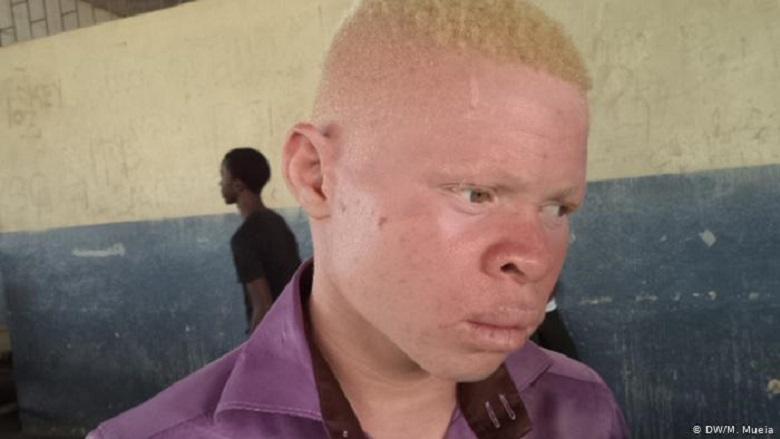On Tuesday in South Africa, a man admitted to killing a 13-year-old albino girl in hopes of making his business a success. The dismembered and headless body of the girl had been found in February 2018 in the province of Mpumalanga.
The young albino had been abducted by three men at the request of a traditional healer. At the trial, one of the murderers explained that the traditional healer, whom he had consulted in Pretoria, had demanded the body of an albino. This morbid ritual was intended to ensure the success of its tent rental business.
“We are supposed to bring good luck, and the parts of our body are used to bring luck and for politicians to win their campaign,” says Nommassent Mazibuko, director of the albinism society in South Africa, adding that Ritual crimes “started in Tanzania, people kill albino and there were no prosecutions”.
According to the statistics from the United Nations, more than 80 albinos have been killed in Tanzania since 2000, and there have been at least 18 killings in Malawi since 2014.
In South Africa, there were at least three murders last year. There is a new awareness of the governments of the region. Last year, Amnesty International issued a damning report on the situation in Malawi.
Since then, the murderer of an albino child has been sentenced to death, a first in Malawi that shows a new form of firmness around crimes against albinos. Earlier this month, Amnesty International called on SADC governments to adopt a regional plan to fight the killing of albinos.
The Regional Conference of Catholic Bishops also called for launching awareness programs against the ritual trauma of albinos in southern Africa.
